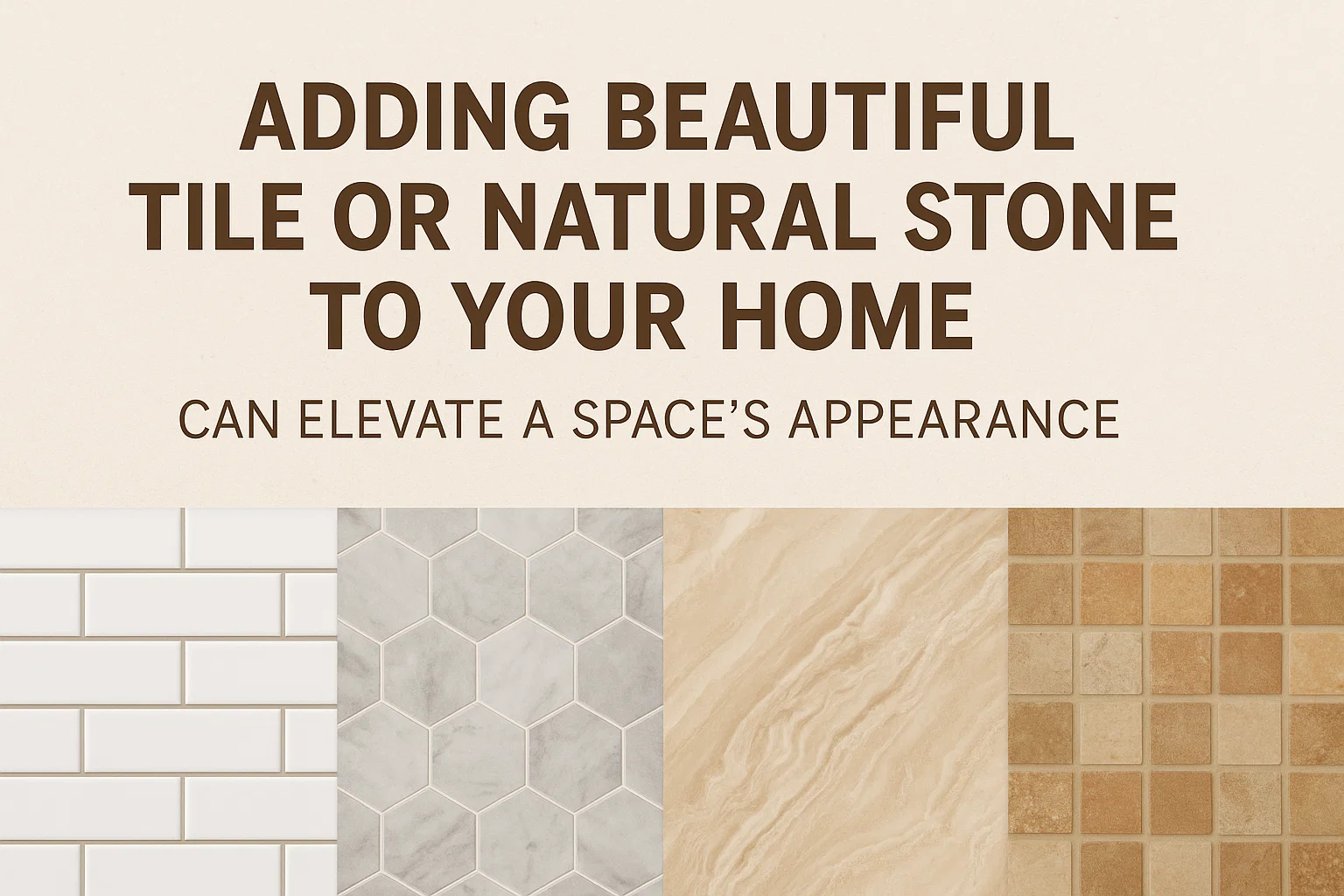Adding Beautiful Tile or Natural Stone to Your Home Can Elevate a Space’s Appearance

Adding Beautiful Tile or Natural Stone to Your Home Can Elevate a Space’s Appearance
Installing tile or stone seamlessly so it stands the test of time does require one key element: grout. When installing tile or stone, it’s essential to use the right grout. This installation must-do will keep your tile or stone looking good throughout its life cycle and use. To help you choose the right grout for your design project, Pre-ConstructionHomes.com has put together the ultimate guide on everything you need to know about grout — whether you’re installing tile in a bathroom, cooking space, or adding stone to a backyard cabana.
What Is Grout?
Grout is a blend of sand, cement, and water that forms a mixture to fill in and seal gaps between tiles or stones. This material can also be infused with pigment to create a specific color.
What Are the Benefits of Grout?
- Ensures tiles or stones are properly joined together.
- Creates a sealed finish and provides structural support.
Types of Grout
Epoxy Grout
Made of epoxy resin and hardener, epoxy grout is highly durable and resistant to stains, making it ideal for countertops. It doesn’t require sealing and can withstand harsh cleaners. However, it may fade or discolor outdoors. Note: Epoxy grout cures quickly, so professional installation is recommended.
Sanded Grout
A sand- and cement-based grout, sanded grout resists cracks and damage, making it suitable for floor tiles. Its slower setting time makes it DIY-friendly.
Unsanded Grout
This cement-based grout is sticky and ideal for narrow gaps but prone to cracking due to shrinkage.
Acrylic Latex Grout
An unsanded grout mixed with latex and acrylic additives, offering flexibility during application.
Which Grout Should I Use?
Select grout based on tile spacing:
- For gaps ≤ ⅛ inch: Use acrylic latex, epoxy, or unsanded grout.
- For gaps > ⅛ inch: Choose sanded grout (unsanded grout shrinks as it dries).
Does Grout Come in Different Colors?
Yes! Options range from bright white to dark tones, with custom colors available. Consider these tips:
- Bright white grout looks crisp but may stain.
- Darker grout hides stains but may fade over time.
Pro Tip: Match grout to tiles for a seamless look, or contrast hues for bold design. Neutral tones offer timeless appeal.
Does Grout Need Sealer?
In most cases, yes — especially in moisture-prone areas like kitchens, bathrooms, or outdoor spaces. Epoxy grout is the exception, as it includes a built-in sealer.
How to Seal Grout
- Spray-on sealer: Applied via aerosol can.
- Applicator sealer: Brushed or rolled directly onto grout for precise coverage.
Pro Tip: Reapply sealer annually (or more frequently in high-moisture areas) to prevent mold and maintain appearance.




